After waking up in Seoul we begin our touring of the city of 10 million people.
Cool digital graphics on a video system:
We toured this exhibition hall with many artifacts, mostly photos, and displays about the relationship between our countries.
"Gyeongbokgung Palace was the main royal palace of the Joseon dynasty. Built in 1395, it is located in northern Seoul and the largest of the Five Grand Palaces built by the Joseon dynasty. Gyeongbokgung served as the home of Kings of the Joseon dynasty, the Kings' households, as well as the government headquarters of Joseon.
Gyeongbokgung continued to serve as the main palace of the Joseon dynasty until the premises were destroyed by fire during the Imjin War (1592–1598) and abandoned for two centuries. However, in the 19th century, all of the palace's 7,700 rooms were restored during the reign of King Gojong.
In the early 20th century, much of the palace was destroyed by Imperial Japan during its occupation of Korea. On January 21, 1963, it was designated as a cultural property. Since the 1990s, the walled palace complex is gradually being restored to its original form. "
Gyeongbokgung continued to serve as the main palace of the Joseon dynasty until the premises were destroyed by fire during the Imjin War (1592–1598) and abandoned for two centuries. However, in the 19th century, all of the palace's 7,700 rooms were restored during the reign of King Gojong.
In the early 20th century, much of the palace was destroyed by Imperial Japan during its occupation of Korea. On January 21, 1963, it was designated as a cultural property. Since the 1990s, the walled palace complex is gradually being restored to its original form. "
We saw many women who had rented or brought their own gowns to tour the palace:
The grounds were sprawling, with wide open spaces here and then a congestion of dwellings there.
The stone foundations mostly seem original and not rebuilt, but all the wood structures are recent recreations albeit based on extensive research to attempt to closely match the originals.
Here are two men also wearing traditional garb:
Our Chinese Zodiac's - Tim the Snake, Gerri the Dog...
National Folk Museum of Korea...
Near the Folk Museum are traditional dwellings from yesteryear...
A grain mill to husk rice - the water wheel lifts and drops what is essentially a hammer.
A traditional home...
Statues from Jeju Island, off the southern coast of South Korea.
We're now leaving the Palace...
...only to enter another nearby.
"Bukchon Hanok Village is a Korean traditional village located on the top of a hill between Gyeongbok Palace, Changdeok Palace and Jongmyo Royal Shrine. The village is composed of many alleys and hanok (homes), and is preserved to present a 600-year-old urban environment.
The area of Bukchon, which consists of neighborhoods: Wonseo-dong, Jae-dong, Gye-dong, Gahoe-dong and Insa-dong, was traditionally the residential quarter of high-ranking government officials and nobility during the Joseon Dynasty. The village is located north of Cheonggye Stream and Jongno, hence named Bukchon, which means north village."
The area of Bukchon, which consists of neighborhoods: Wonseo-dong, Jae-dong, Gye-dong, Gahoe-dong and Insa-dong, was traditionally the residential quarter of high-ranking government officials and nobility during the Joseon Dynasty. The village is located north of Cheonggye Stream and Jongno, hence named Bukchon, which means north village."
Ah, the gowned ladies are following us from the palaces...
I think perhaps we're done here...
...and our reward for a hot day of touring, cold microbrews.
On the prowl for dinner...
...we decide sushi, Korean version.
Headin' for "home".



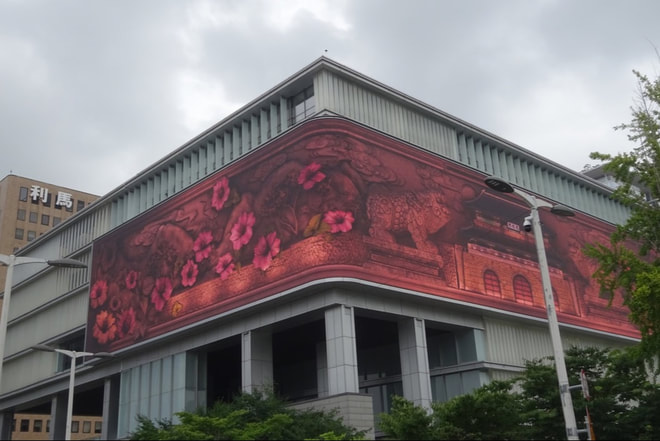












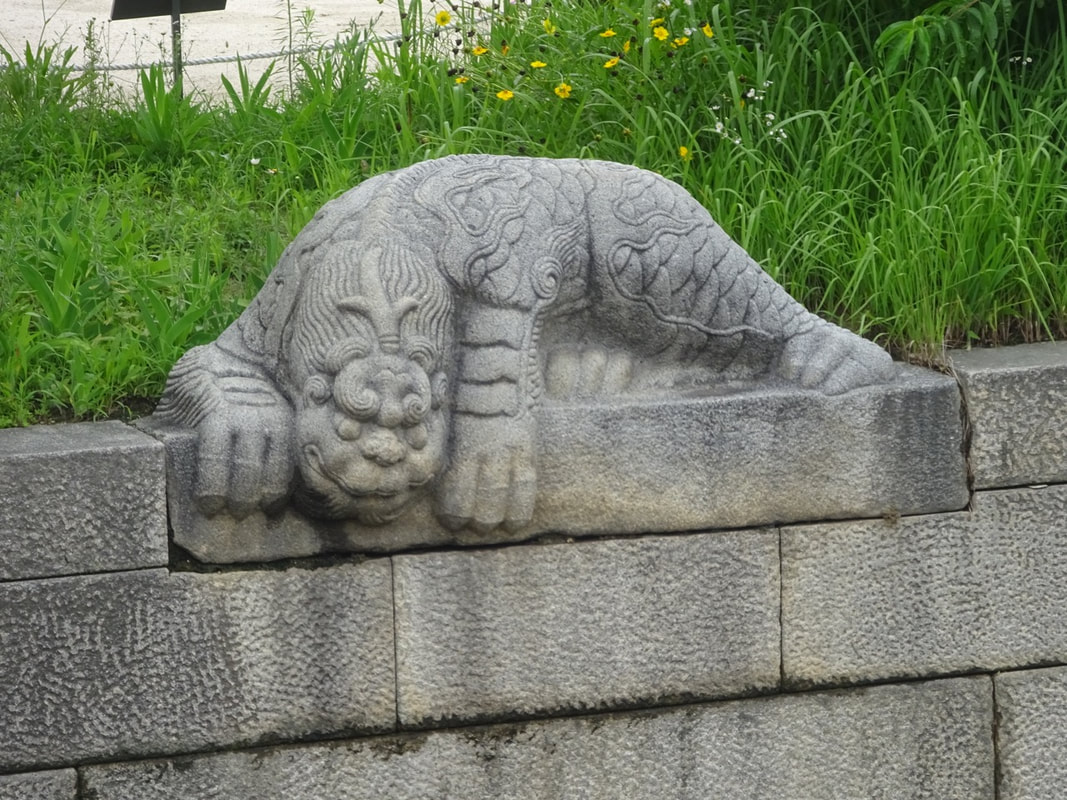







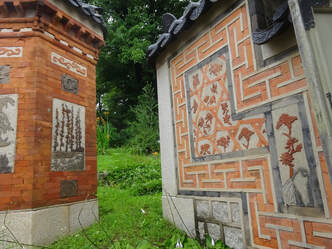


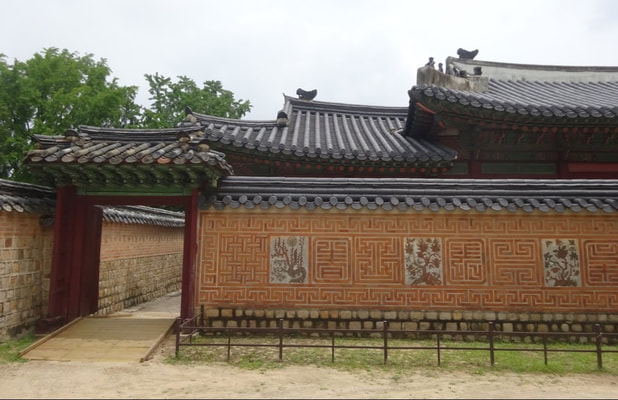












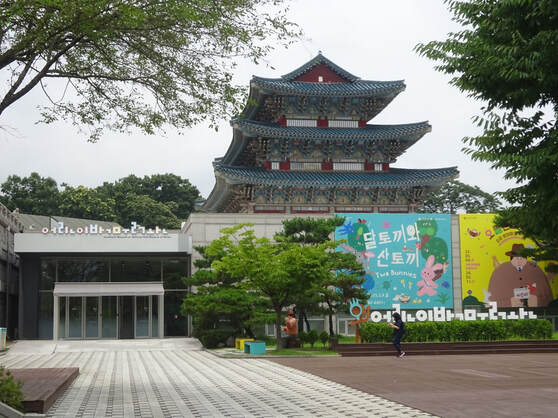
















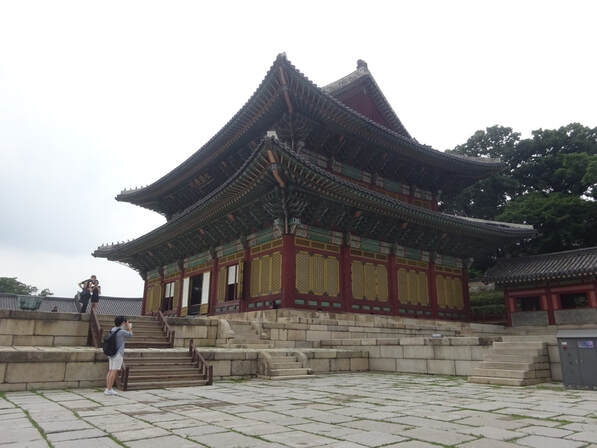
































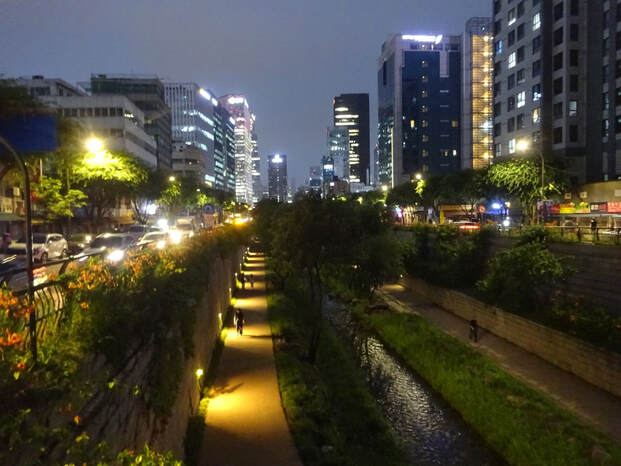
 RSS Feed
RSS Feed
